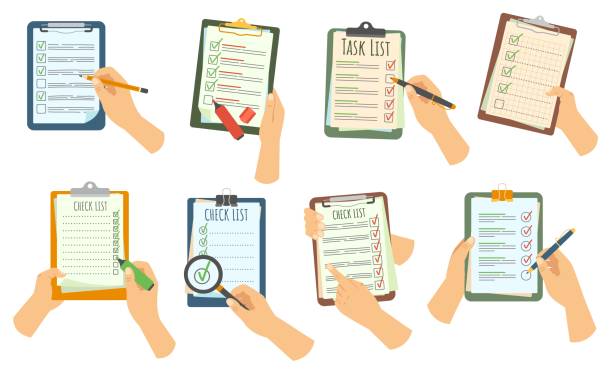Introduction to Insurance Claims
Insurance claims are a process where you seek compensation for your loss or damage according to your policy. It is a crucial step that helps cover your financial loss. In this article, we will understand all the steps involved in filing an insurance claim in detail, so you can complete your claim process without any hassle.
Understanding Your Insurance Policy

The first step is to thoroughly understand your insurance policy. It is important to carefully read the terms and conditions of the policy to know what is covered and what is not. The insurance policy provides information about coverage limits, exclusions, and the claim process, which will help you when filing a claim.
Preparing an Incident Report
When you face any loss, the first thing to do is to prepare a detailed incident report. This report needs to be provided to the insurance company and should include the time, place, and details of the incident. It is essential to make this report accurate and comprehensive to ensure a smooth claim process.
Preparing a List of Required Documents

When filing an insurance claim, you will need specific documents. These documents include policy documents, incident report, proof of loss or damage, and any related paperwork. Document requirements may vary between insurance companies, so it is important to confirm with your insurance company.
Contacting the Insurance Company
To initiate your insurance claim, you need to contact your insurance company. You can contact them via phone, email, or in person. When contacting them, keep your policy number and incident details ready to expedite the process.
Filling Out the Claim Form
The insurance company will provide you with a claim form that you need to fill out. This form requires you to provide your personal details, policy information, and incident details. It is crucial to fill out the form carefully and avoid any mistakes, as this could affect your claim approval.
Submitting Proof of Loss or Damage
To proceed with your claim, you need to submit proof of loss or damage to the insurance company. This proof may be in the form of your incident report, photographs, invoices, or receipts. These documents help demonstrate that the loss or damage you are claiming is legitimate.
Adjuster’s Visit and Inspection
Insurance companies often appoint a claims adjuster to inspect your incident. The adjuster assesses your loss or damage and prepares a report. You will need to cooperate with the adjuster during their visit and provide them with the necessary information.
Monitoring the Claim Status
After filing your claim, you need to monitor its status. The insurance company will provide updates on the progress of your claim. Ensure that you receive timely updates and respond promptly to any requests for additional information or documents.
Reviewing the Settlement Offer
After reviewing your claim, the insurance company will make a settlement offer. This offer will be based on the assessed claim amount and loss. Review the offer carefully and, if you find it acceptable, you can accept it. If the offer is low, you can negotiate.
Payment Process and Timing
After accepting the settlement offer, the insurance company will provide you with payment. The timing of the payment process may vary between companies, but it generally takes a few weeks. Make sure to confirm receipt of payment after receiving it.
Dispute Resolution Process
If you do not agree with the settlement offer, you can use the dispute resolution process. This process involves the insurance company’s grievance redressal mechanism. You need to formally file your complaint and follow the company’s procedures.
Claim Appeal Process
If you still do not receive a satisfactory solution after the dispute resolution, you can appeal the claim. Through the appeal process, you can request a review by higher authorities or an ombudsman. For the appeal, you need to provide thorough documentation and evidence of your case.
Documentation and Record Keeping
Documentation and record keeping are very important during and after the claim process. These records are necessary for future reference and can help with any future disputes or verifications.
Tips for Future Claims
When filing future insurance claims, it is essential to keep in mind some tips. These tips will help make the claim process smoother and more efficient. Regularly review your policy, maintain documentation properly, and provide timely updates and responses.
Through this article, you have understood all the steps involved in filing an insurance claim. Carefully following each step will provide you with ease and transparency in the insurance claim process. By thoroughly understanding your insurance policy and filing claims with proper documentation, you can effectively manage your financial loss.



